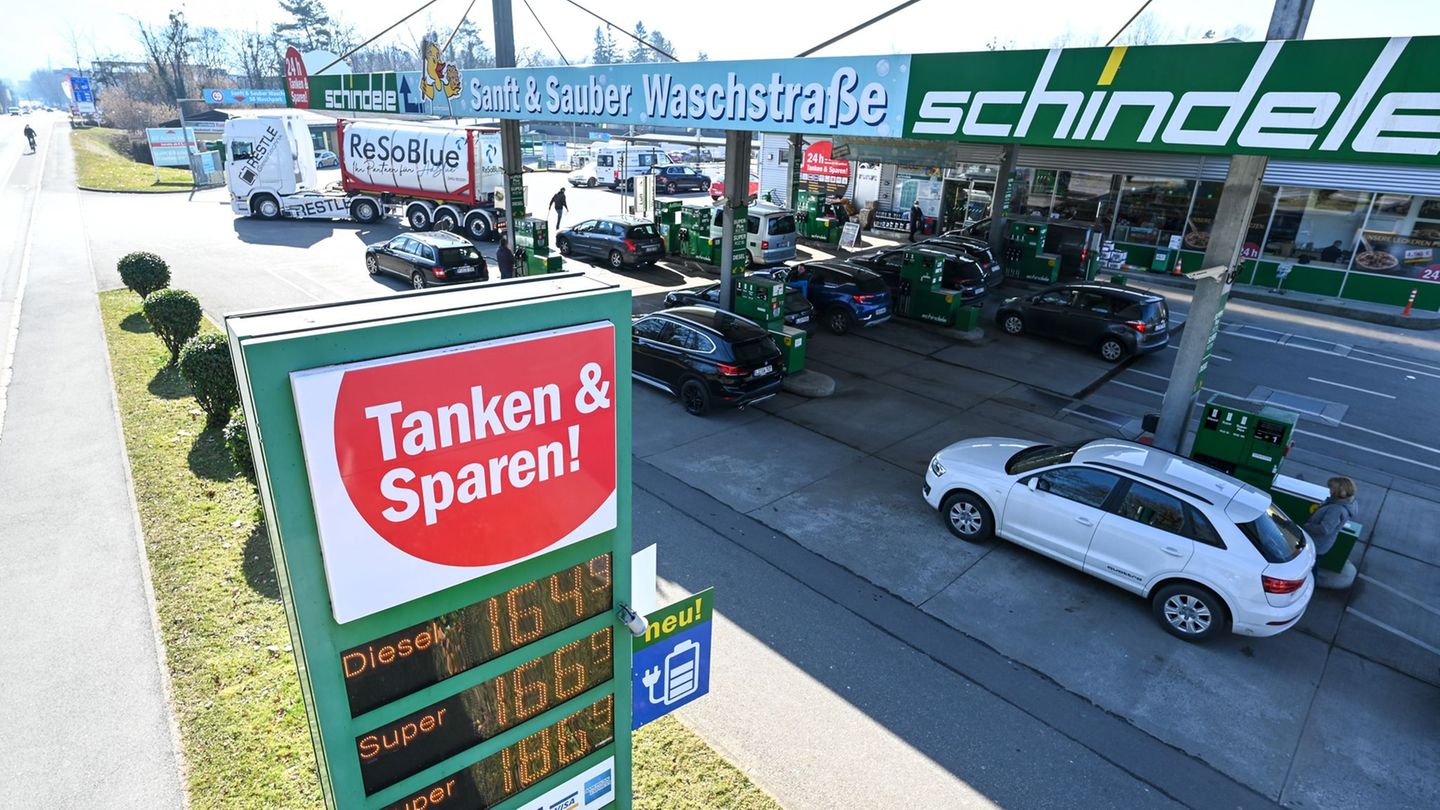Image: OÖN/Neumayr
This is the conclusion drawn by David Andréen from Lund University in Lund (Sweden) and Rupert Soar from Nottingham Trent University in Nottingham (Great Britain) from experiments with the initial complex of a termite mound. The construction of the tunnels creates turbulence in the air, which is blown into the openings by a light wind.
The two researchers have published their findings in the journal Frontiers in Materials. “When you ventilate a building, you want to maintain the delicate balance of temperature and humidity inside without impeding the movement of stale air out and fresh air in – most air conditioners struggle with this,” explained Soar. In the case of the termite species Macrotermes michaelseni in Namibia, the researchers found an exit complex at the steep top of the hill, which mainly penetrates the north side of the hill during the rainy season (November to April).
It has already been suggested that the exit complex serves, among other things, to transport excess moisture out of the mound. However, it was unclear exactly how this works. The scientists scanned part of an initial complex that was removed from a termite hill in Namibia in 2005 and reproduced it using a 3D printer. They carried out experiments on this replica, for example with pulsating air movements that they generated with loudspeakers. They found that a pulse frequency of 30 to 40 Hertz led to the greatest air movement.
A colony of Macrotermes michaelseni can contain more than a million termites. Nevertheless, the outer tunnels of the exit complex are quite small with a diameter of three to five millimeters. Only towards the inside do the tunnels widen to diameters of 15 to 25 millimeters. Andréen and Soar learned from their 3D experiments with air and 2D experiments with water that the network-like structures of the tunnels cause turbulence, which allows air (or water) to penetrate the interior quite quickly. The maximum amount of moving air, calculated per square meter, was 1.8 liters per second.
The turbulence not only causes the air to penetrate deeply when it is only blown a few millimeters into the openings. The turbulent air repeatedly comes into contact with the tunnel wall, where pollen and other suspended matter in the air are partially separated. A filter function is also created. The turbulent air also ensures that no moisture film can adhere to the tunnel walls, which could lead to mold growth and similarly unfavorable conditions.
“We envision that in the future, building walls made with new technologies such as powder bed printers will contain networks that resemble the original complex,” Andréen said. The networks could make it possible to move air through embedded sensors and actuators that only require tiny amounts of energy. In this way, the building shell itself or even the entire interior of a building could be air-conditioned in the future in an energy-saving manner.
Source: Nachrichten




